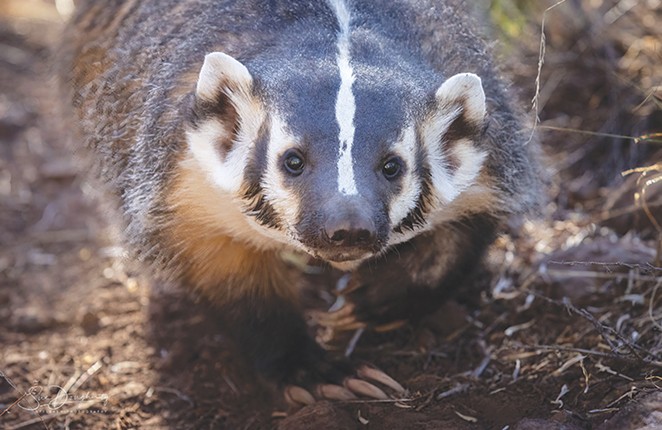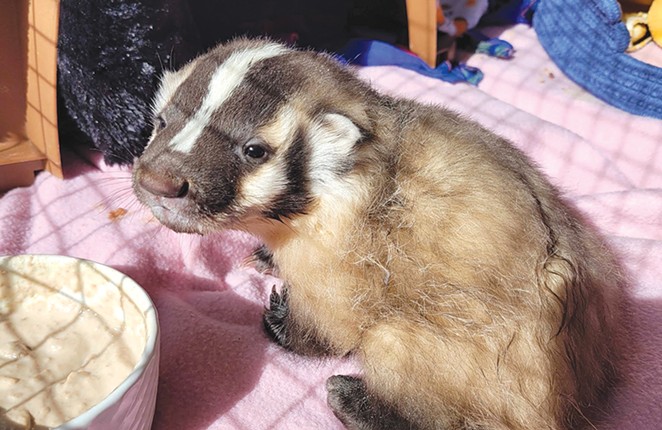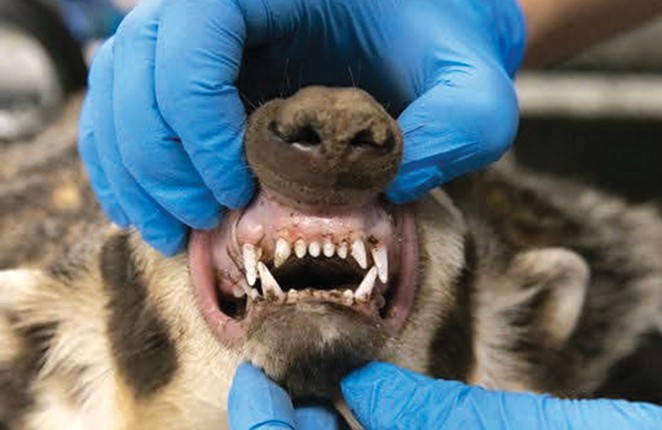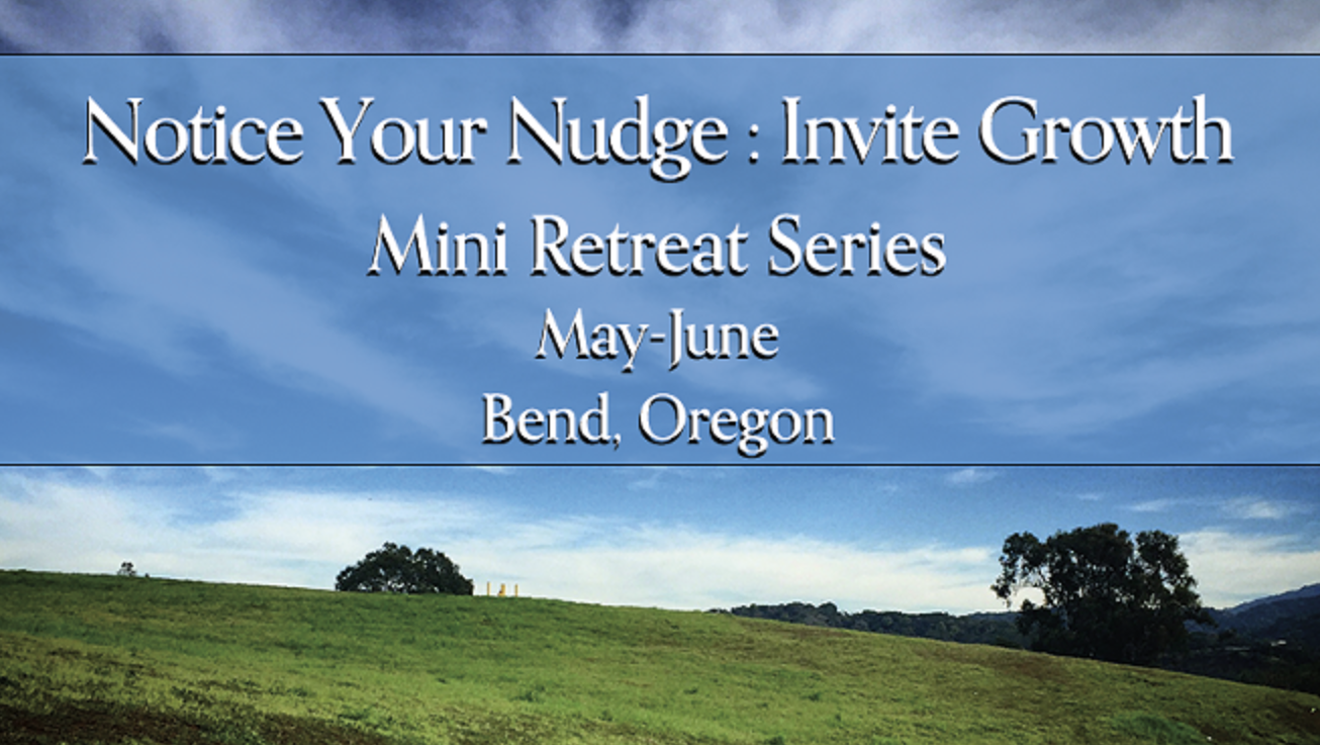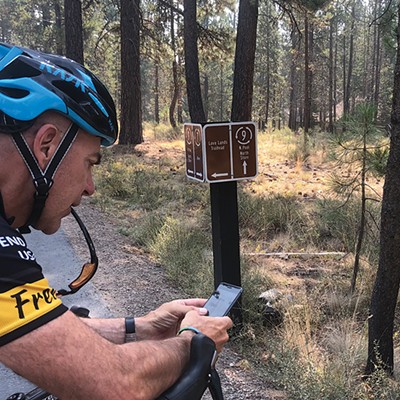Wildlife rescue takes many forms for Think Wild, Bend's wildlife hospital and conservation center. Sometimes it's medical care for injured or abandoned creatures; sometimes it's a Wildlife Hotline conversation answering wildlife-related questions with the caller. Some situations call for unique solutions, as in the recent rescue and release of two orphaned badger cubs.
This tale of two badgers begins because of different circumstances, covers some tricky rehabilitation territory and ends up with a common denominator – a release back into the wild.
The story starts with a young, five-week-old female badger, who gets transported to Think Wild from the Malheur Field Station near Crane, Oregon. This young badger was in good physical condition but after repeated attempts failed to reunite the cub with its mother, the youngster was brought to Think Wild.
But raising a baby badger with the goal of returning it to the wild posed some unique challenges. What type of enclosure does a badger need? How to make sure the baby does not imprint on its caregivers? What to feed her?
After consulting with rehabilitation centers in the U.S. and Europe, Think Wild developed a unique badger-specific enclosure and established handling and testing protocols to minimize contact and measure the badger's hunting success. This included trail cameras to monitor the activity, wearing ghillie suits with face masks and shields and wearing rain boots to mask human scent.
As that was taking place, Think Wild received a second baby badger from Wildlife Images Rehabilitation and Education, a wildlife rehabilitation center located in Grants Pass, Oregon.
This second badger, a young male, was orphaned when his mother got hit by a vehicle. So, the idea became to raise the two badgers together.
Initially, the pair were fed a raw-food carnivorous diet of lamb, pork, chicken, beef green tripe and poultry liver donated by Inter Mountain Raw, a small family-run pet food distribution company located in Willamina, Oregon.
"We worked with their veterinarian to provide diet offerings from our inventory that would nourish the growing badger cubs in the best possible way," said Brea McQuoid, co-owner of Inter Mountain Raw. "We were thrilled to have played a supportive role in the development and rehabilitation of the two badger cubs recently released back into our native Oregon land."
"We switched the badgers to live prey a little at a time, starting with cockroaches and superworms, basically giant, biting mealworms," said Molly Honea, development, and communications coordinator. "We then moved to mice, then quail and then rabbits." It took the badgers a little trial and error before they sharpened their hunting skills. "Eventually, both were seen on our trail cameras catching, caching and eating all of their different live prey," added Honea.
After consulting with the U.S. Bureau of Land Management and Oregon Department of Fish and Wildlife, the team at Think Wild made the decision to release the two young badgers out in eastern Oregon after three months at Think Wild.
"Two of our volunteers drove out to Steens a couple hours before the arrival of the badgers to identify a remote, suitable area near water," said Sally Compton, Think Wild executive director. At the location, the volunteers dug a hole for the badgers to use.
"When we arrived and transported the badgers to the release site, they were angry and snarling," said Compton. "But upon opening the crate doors, they scampered out and promptly began sniffing, digging, rolling in the dirt, and to our excitement, burrowing down into the hole we'd started for them." Badgers doing what badgers do.
"We were excited to see these two juvenile badgers exhibiting normal badger behaviors including digging, burrowing, growling, being fearful of humans and catching live prey, and are optimistic that they are well-prepared for a successful life in the wild," says Pauline Hice, Think Wild director of wildlife rehabilitation.
Truly, a wild release!

